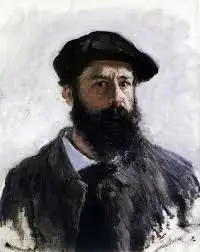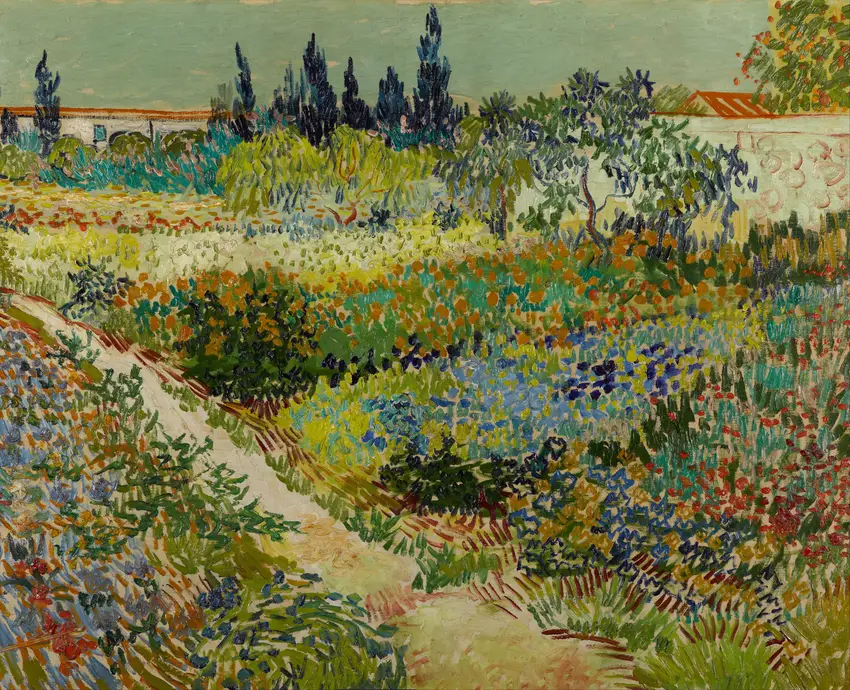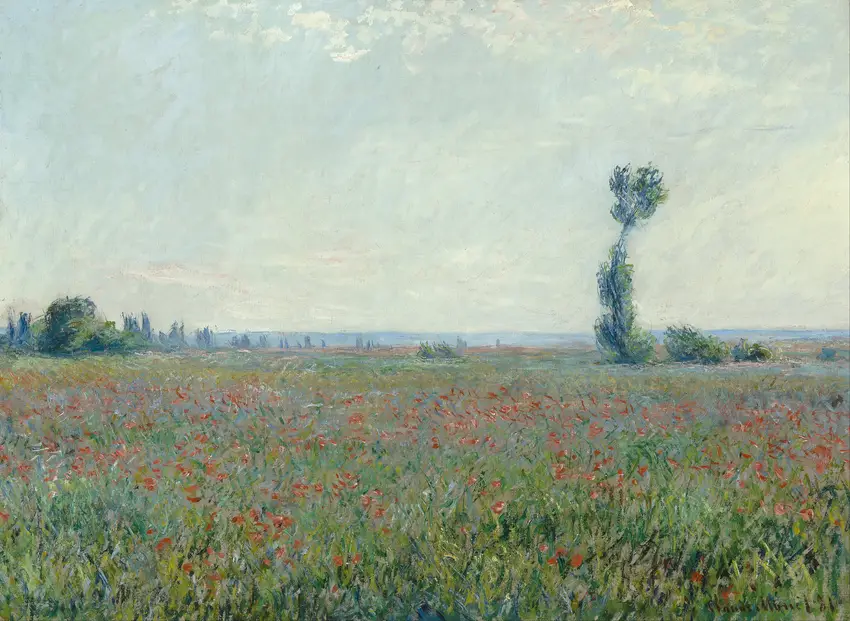Claude Monet’s *Poppy Field 2* bursts with the unrestrained energy of a summer day, where wildflowers sway under an open sky. The painting captures a fleeting moment—vivid red poppies scattered like drops of paint across rolling green hills, their delicate petals almost trembling in an unseen breeze. Monet’s loose, expressive brushstrokes dissolve the scene into a dreamlike haze, blurring the line between reality and impression. A lone figure, perhaps a woman with a parasol, drifts through the field, adding a whisper of human presence without disturbing the wild harmony. Light dances unpredictably, dappling the grass in gold and shadow, as if the air itself is alive.
There’s something quietly rebellious about this piece—the way Monet ignores rigid detail in favor of raw sensation. The poppies aren’t just flowers; they’re flickers of color, bleeding into the greens and blues around them. It feels less like a static image and more like a memory half-remembered, where emotion outweighs precision. This isn’t a field you walk through; it’s one you feel—the heat, the rustle, the dizzying scent of earth and blooms. Monet doesn’t paint nature; he lets it spill onto the canvas, untamed and glorious.


-full.webp)
-full.webp)
-full.webp)
-full.webp)
-full.webp)
-full.webp)
-full.webp)

